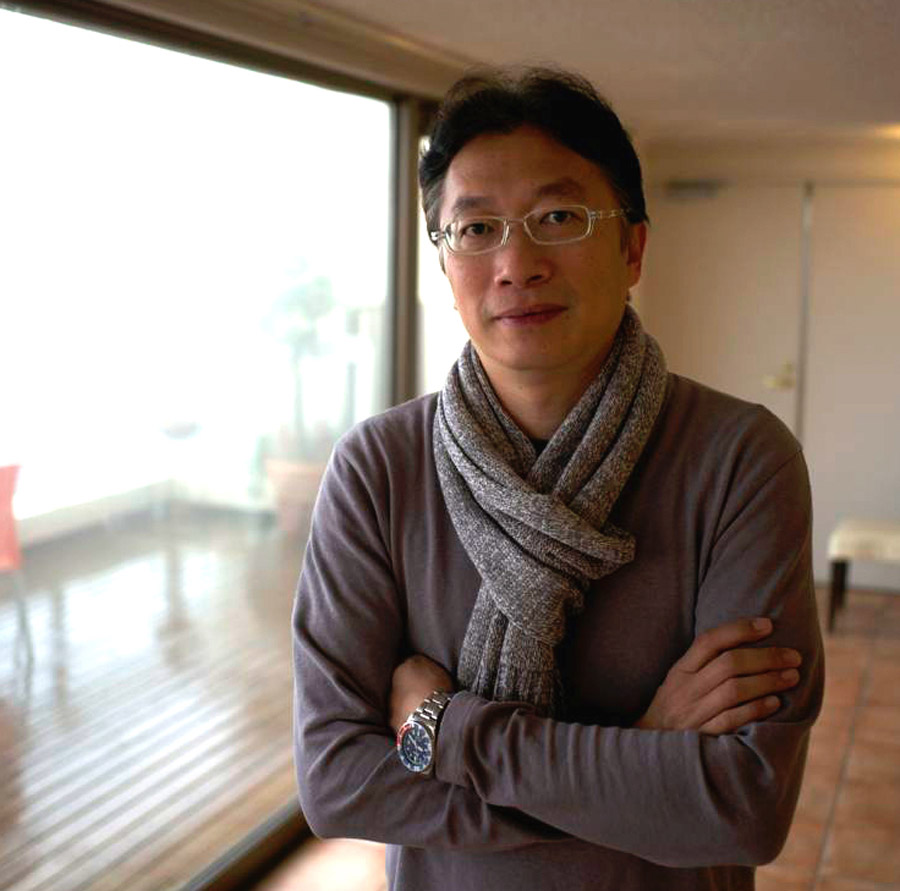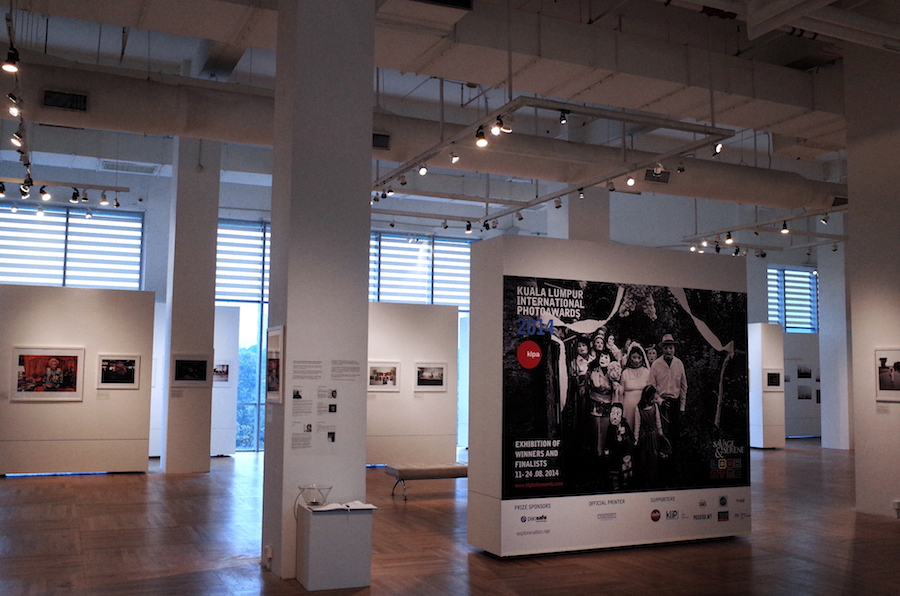 KLPA is an annual international portrait photography competition attracting a serious core of internationally renown and emerging photographers.
KLPA is an annual international portrait photography competition attracting a serious core of internationally renown and emerging photographers.
[Kuala Lumpur Photography Awards]
Can you please introduce yourself for those who don’t know?
Hello, thank you for conducting this interview. I’m Steven Lee, founder and project director of the Kuala Lumpur International Photoawards known as KLPA in short. I am a practicing freelance photographer, for about 15 years, and am Malaysian, but live in the United Kingdom. I also teach part-time, in Documentary Photography at the City Academy and run travel workshops in recent years under the guise of Explorenation World Travel Photography, with Andy Craggs, another photographer colleague from London.
Could you tell me a little bit about the KLPA?
Of course.
KLPA was started in 2009, our first year of the international portraiture competition.
I had the idea to initiate an Asian-based photography competition for contemporary portraiture following closely on the then, John Kobal Photographic Prize in the UK. Having been an entrant to this numerous times, I began to wonder if a similar contest would work in Asia, where the idea of a portrait is still very much based on casual family snaps, or formal studio shots taken at weddings and special occasions.
I proposed the concept to Time Out Kuala Lumpur, a monthly listings publication, who at the time, was also in it’s first year of activity in Malaysia. They agreed to support KLPA as a media partner, and that was how it got started.
We have now just concluded our 6th year of KLPA, and with each passing year, we continue to grow steadily, not by huge leaps in terms of numbers, but in stature and quality of submissions.
In general, what is the goal of KLPA?
The main and only goal is to raise the profile of portrait photography in SE Asia. Both, inwardly and outwardly. There’s an obsession in Asia in street photography, photojournalism and landscape genres, but portraiture and fine art is significantly unrepresented amongst the many emerging photographers in the region. By running an international awards, with global entries, I hope to be able to open a new understanding and appreciation of contemporary portraiture in the region.
What is the secret of making a contest successful?
Be consistent and set a high standard. That means selected a judges that, in a broad way appreciate and have knowledge in global movements in photography and practice.
How many photographers participated in the last award?
We received over 1,300 entries from about 500 photographers worldwide.
What makes KLPA different from other awards?
There is no equivalent of a purely contemporary portrait competition from Asia. I hope we run KLPA as smoothly and professionally as we can. From feedbacks received, KLPA is considered a ‘prestigious’ event, whatever that means. We continue to provide monetary prizes and specially commissioned trophies.
What has been the biggest challenge you’ve faced running KLPA?
The biggest challenge is obtaining sponsorship and funding. With a little more funding, we could extend our reaches many fold. Promotional costs are exorbitant hence we rely of social media as much as we can.
If you had to do it all over again, what is the one thing you would change if you could?
I would actually really only want to assemble a team of dedicated people to assist me. It was pretty much a one-man affair when KLPA started. I got introduced to a colleague in Kuala Lumpur, in 2010 who was my only other Project Manager locally based, and that was a God-send. We moved mountains, literally.
What advice would you like to offer other artists that might help them learn to better promote their work?
Entering competitions is one, but not the only channel of promotion. Today, social media exists to allow free or low cost opportunities of self-promotion. I always ask new photographers if they have a personal website, not only FLickr or Instagram accounts. Many professional sites are free and easy to build, so there is no reason not to have one.
Joining festivals, in the SE Asian region, for example there are good festivals run by real photographers, and are worth visiting or taking part in. Angkor, Phnom Penh, Singapore International Photography Festival amongst the best, with new festivals springing up every year. In Malaysia, we have Obscura in Penang, and the KL Biennale planned for 2015.
I also propose new photographers to join portfolio reviews as this is a good opportunity to have your work appraised and be guided by industry professionals.
Finally, what plans do you have for KLPA in the near and long-term future?
I hope continue with KLPA (until I get bored) and collaborate with other regional festivals to make the awards more prominent.









